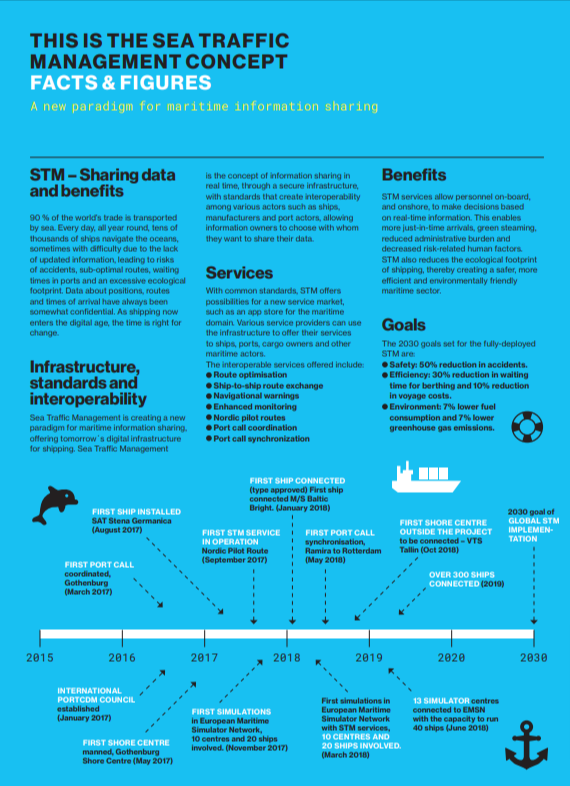Urban Hawk used a combination of statistical analysis and simulation to support the development of offshore fuel, carbon and cost models
from live data from around 300 vessels in transit & awaiting docking – allowing the onshore / offshore cost interfaces to be mapped and modelled; and ultimately how best to mitigate them, improve safety and drive significant operational savings and justify and direct investment and changes to operational practices.
Urban Hawk’s role is to ingest the existing data and software solutions (STM has ship simulations, and some tracking capabilities etc.) and fetch those with other solutions outside of STM, and generate insight and business cases, to drive new commercial opportunities, allowing the launch of commercial projects and attracting external investment for future projects. To do this we used an early hybrid of the Polaron engine to analyse routes and provide data analytics to support the wider project team.
STM on Twitter
STM on LinkedIn
STM Website
STM Validation project website
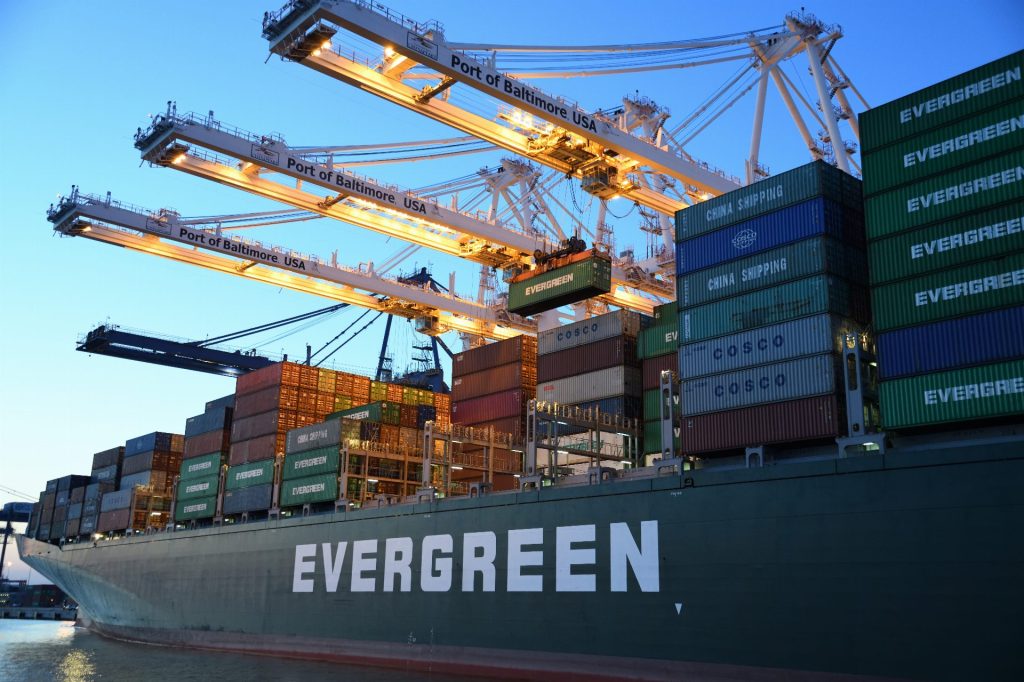
“Maritime digitalisation – helping the transport chain to become greener, safer and more efficient
According to the latest monthly (August) update by the international shipping firm Maersk, overall vessel wait times for the Port of Los Angeles now sit between 0-13 days with wait times of just one to four days for Long Beach. It adds congestion has continued to build on U.S. Gulf Coast and East Coast ports, as well as at inland and rail terminals.
The reasons for this ocean-going congestion are many, including staff shortages and the economic bounce back from the pandemic, but one key factor could be the nautical tradition that vessels ‘sail fast, then wait’ – or SFTW – as it is sometimes known.
Put simply, STFW means ships put their foot down and get to their destination as soon as possible. They then position themselves outside the port or at anchorage, often with their main engine or their generators running…
Taking into consideration parameters such as the performance and characteristics of each vessel, port congestion at destination, and weather conditions, the Blue Visby algorithm provides an optimal target arrival time for each vessel, while keeping their order of arrival as if they had sailed independently. This enables vessels to slow down, cutting their fuel consumption and emissions, but still keep their place in the queue and arrive one after the other, which reduces unnecessary waiting times outside ports.
The developers say, if applied around the world, the platform has the potential to reduce the carbon footprint of the global cargo shipping fleet by more than 60 million tonnes of CO2 per year – which is larger than the total emissions of an entire country like Norway.”
? Jamie Hailstone, Forbes Magazine
Enabling Data-Sharing improves operations
Instant exchange of information between actors involved in the port call process is an important mean to address the climate and environmental challenge of maritime transport, as well as it contributes to increased maritime safety and to integrate maritime transport in the overall logistic chain. By providing ships with the ability to see each other’s planned routes, navigators get a more complete picture of how ships in the vicinity will influence their onward voyage.
The same functionality also provides opportunities for shore based actors to enhance planning capabilities. Using this data, other services are able to produce information and offer advice to ships on their routes, such as recommendations to avoid congestion in areas with high traffic density, avoidance of Particularly Sensitive Sea Areas (PSSAs), and Maritime Safety Information (MSI). The information exchange between ships and port actors is anticipated to improve planning and performance for arrivals, departures and turnaround times for ships. By exchange of this kind of information, the hinterland transports to and from ports can also be optimised.
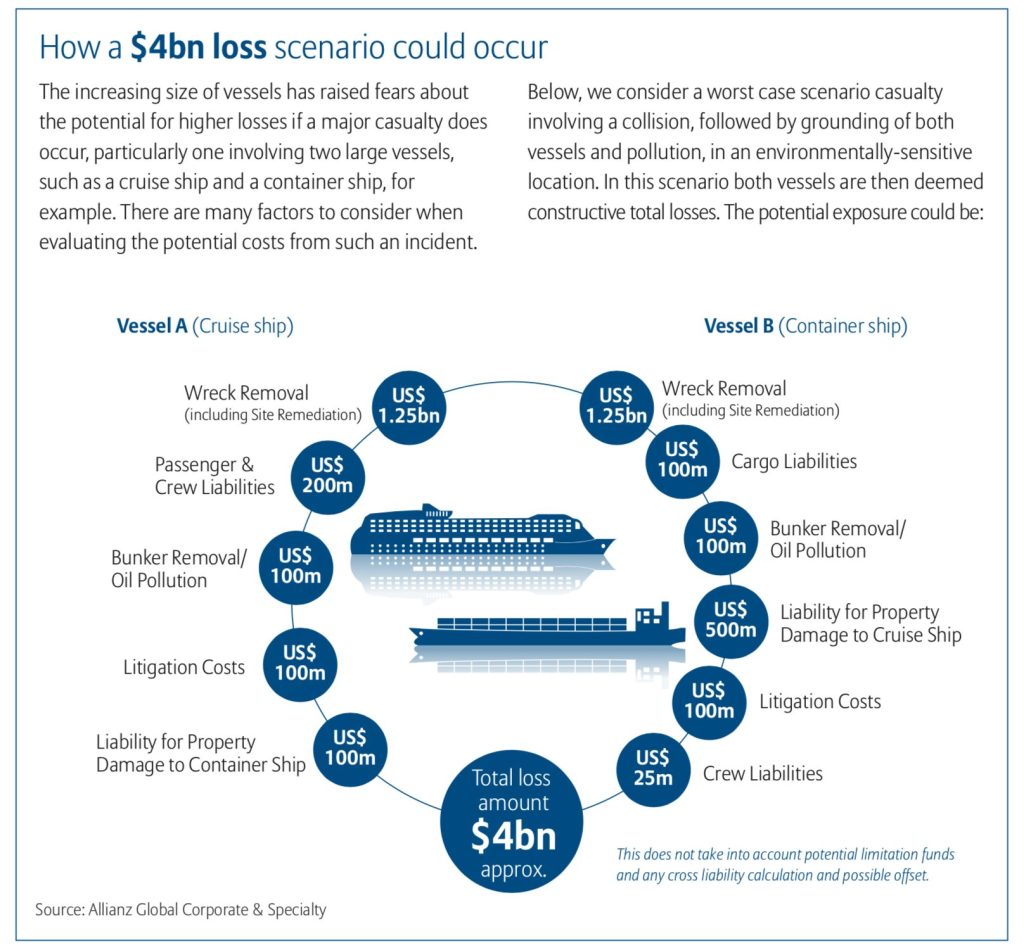
“…Sea Traffic Management is a pillar in the European maritime strategy.”
?
Jaroslaw Kotowski, Senior Project, Manager of The Innovation and Networks, Executive Agency, (INEA)
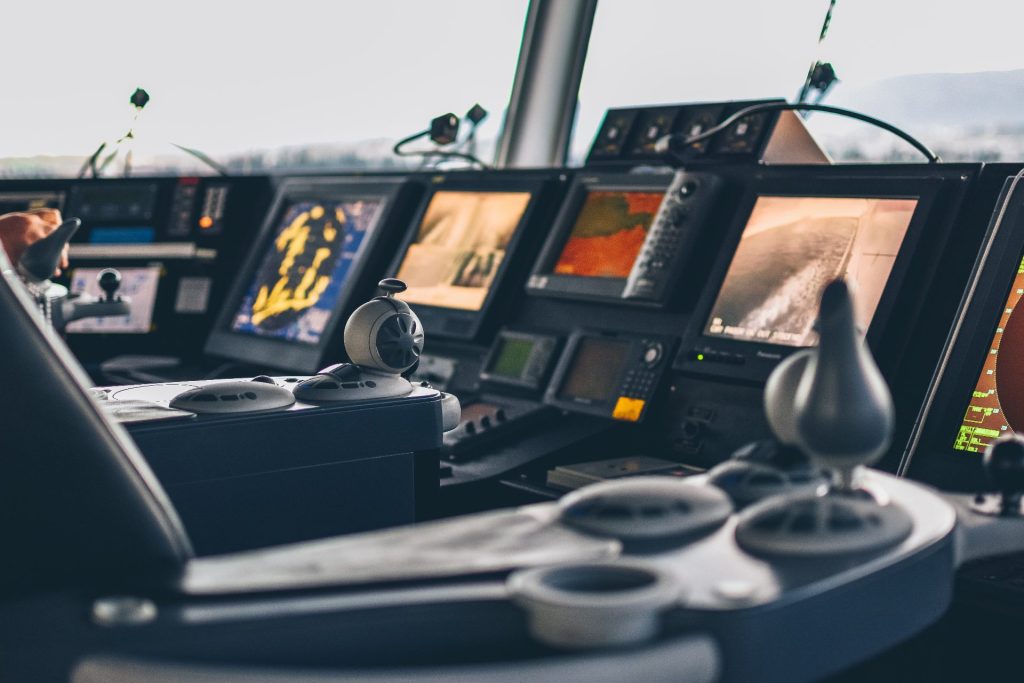
Whilst larger & safer by design,
even modern vessels improved efficiencies are often squandered by legacy practices and inefficient or poorly understood externalities
Over the past decade, total losses in shipping have declined by more than a third (38%), according to the Allianz 2018 Safety & Shipping Review (AGCS), driven by improved ship design, technology and advances in risk management and safety.
However, the review points out that despite huge improvements in maritime safety, fatal accidents at sea persist. Human error continues to be a major driver of incidents and captains and crews are under increasing commercial pressure as supply chains are streamlined.
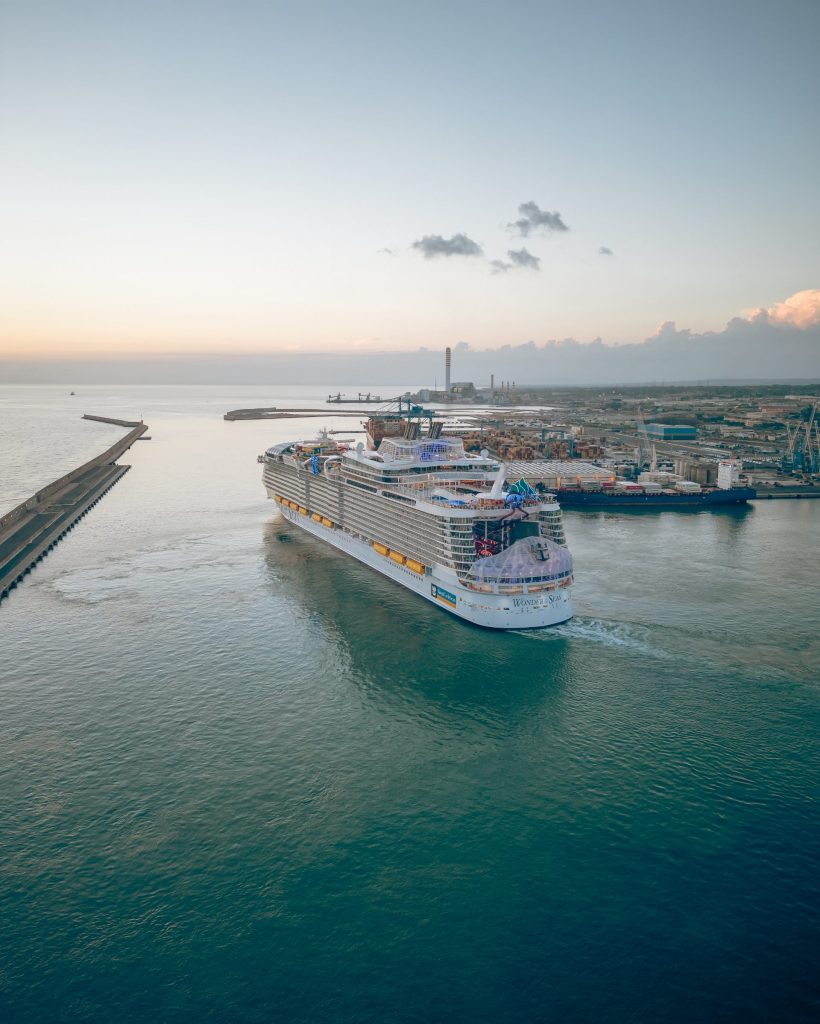
“The shipping business has built-in contractual mechanisms that further encourage and incentivize cargo ships sailing at their normal service speed without regard for the conditions at the port or for other ships sailing to the same destination, which create quite significant obstacles for solving this kind of inefficiency…”
? Speaking to Forbes, Haris Zografakis, Partner at international law firm Stephenson Harwood LLP
Data-Sharing enables simulations which provides the means and justification to improve operations
The complexity of modern systems and networks requires systems to wade through and assess data. But encoding this into space and providing an interface into your systems we can simulate the impact, benefits and effects of different options, events and changes. This allows you to quickly weigh and balance different options – leveraging Polaron’s incredibly fast database and spatial tools to provide you with an effective means to understand your infrastructure networks and see how changes or events are or might effect them – and your customers.
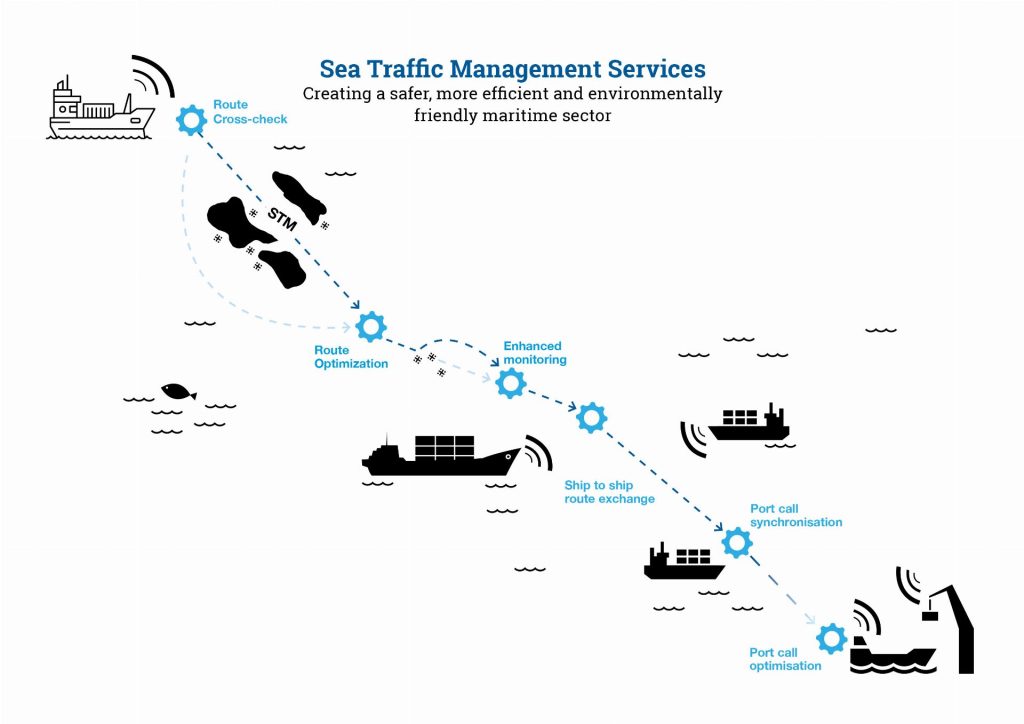
High level outcomes & Scale of the study
A very short summary of the findings shows that the need to produce greater data interoperability allows a range of enhanced capabilities downstream – with colossal savings in fuel, time, CO2 and Costs – which if applied to larger global fleets equate to the reduction of the net annual C02 of Norway, and savings into the billions.
- 311 vessels equipped with ship tracking – one of the largest studies ever conducted
- 3 x Data Standards Defined
- Route & Port Call Automated messaging
- 9 x ports connected
Countries in the consortium
- Umeå (Sweden),
- Vaasa (Finland),
- Gothenburg (Sweden),
- Brofjorden (Sweden),
- Stavanger (Norway),
- Valencia (Spain),
- Sagunto (Spain),
- Barcelona (Spain),
- Limassol (Cyprus)
Read the whole report and see the impact the project has had on EU shipping
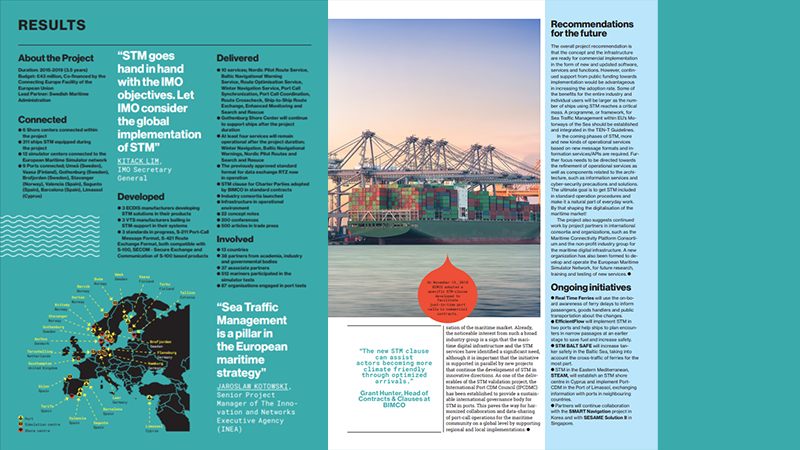
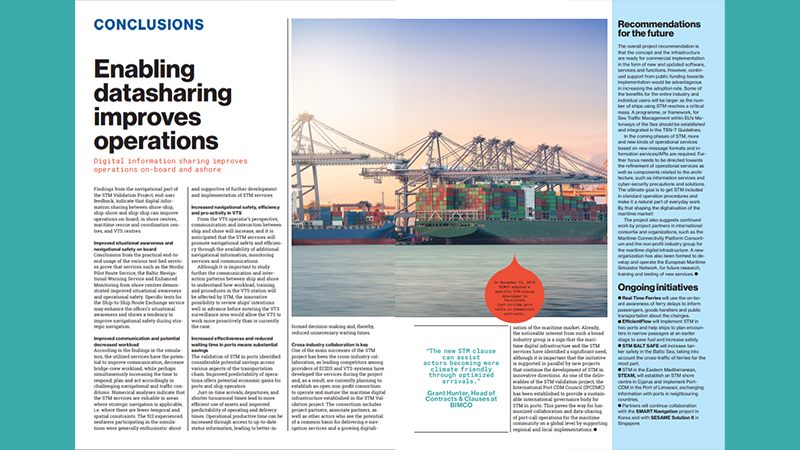
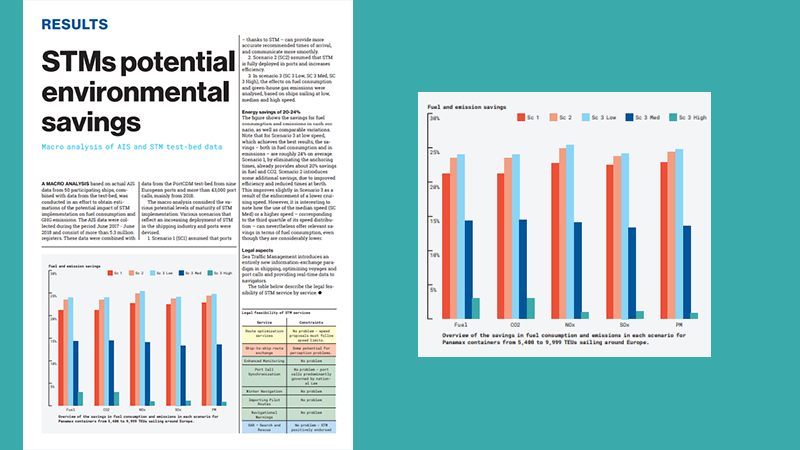
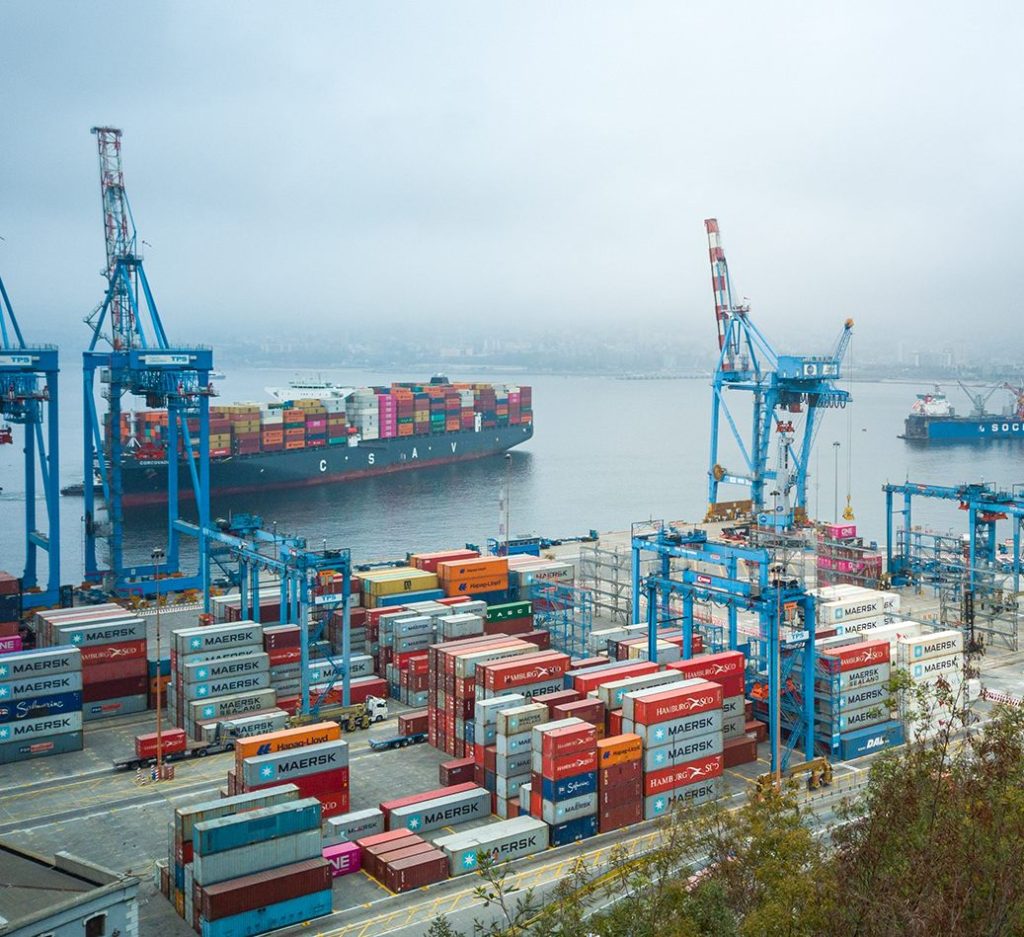
Urban Hawk’s & Polaron’s Contribution to the Consortium
Urban Hawk had to undertake a range of software development and consultations – in order to provide insight into what is ultimately a big data and modelling challenge.
The project requires an interconnected network of ships, ports, and sensors. Whilst some of the data allowed us to draw direct relationships, a lot of the information required us to analyse the relationship between variables.
We used some of the big data processing and analytical components of Polaron to allow us to ingest, map and simulate large datasets with lots of change and relational considerations – to allow us to extract meaningful and qualifiable patterns of behaviour and propose change.
With so many partners – it becomes paramount to communicate clearly, succinctly and to ensure that all parties know what their requirements are and the demands that are placed on them. This experience in part led to our confidence in joining an even larger consortium to support the development and deployment of 5G across the
- EU and UK – 5G-Victori.
- Route Cross Check
- Integration and specification of Data Schema
- Data translation service to convert to common format
- Analytical engine to interrogate STM data
- Model & Weather Data
- Object & Consumption modelling
- API feeds to stream data
- KPI and model output dashboard and data
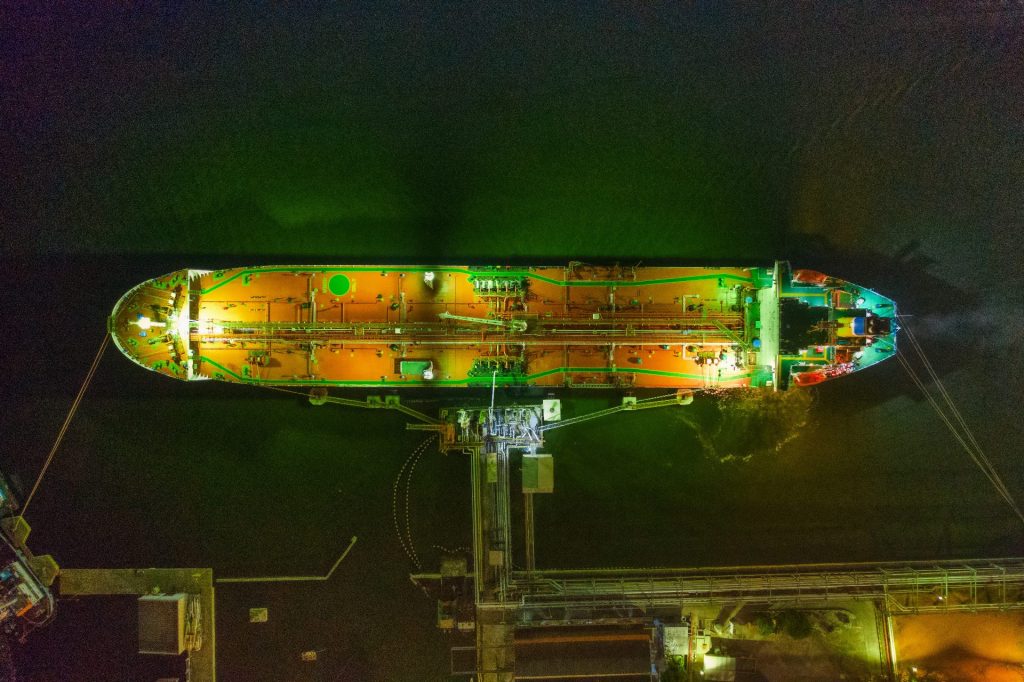
The results of the STM Validation Project shows that Sea Traffic Management can save up to 20% of CO2 and air pollution from shipping,
improve the quality of port calls, maritime transport and into the intermodal logistic chains and improve safety all via enhanced situational awareness in VTS centres and on board ships.”
Benefits
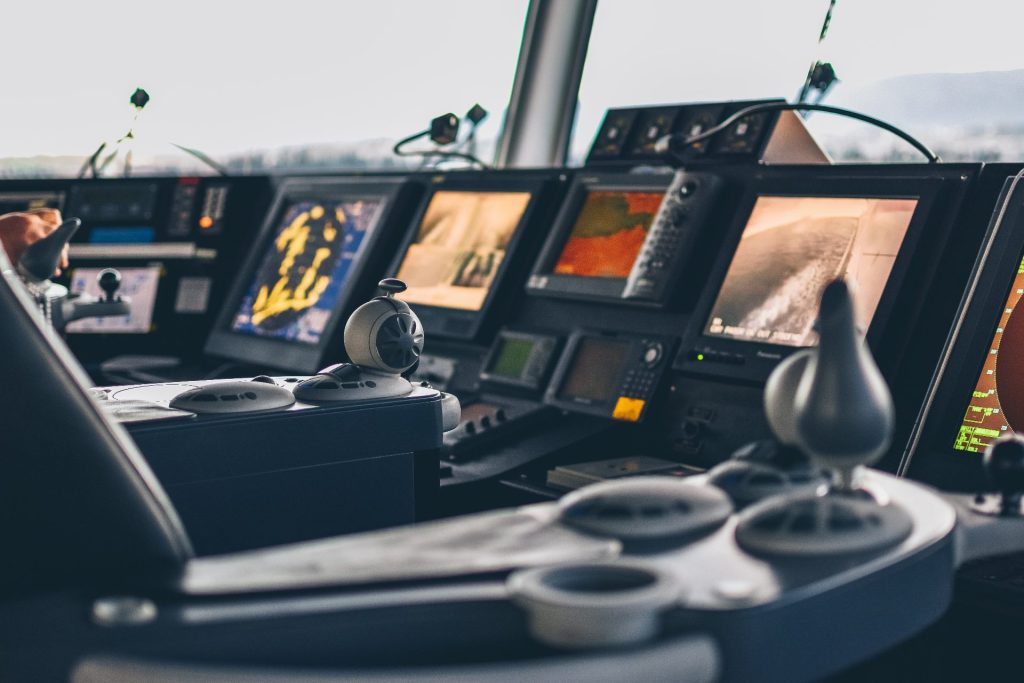
Improved Situational Awareness and Predictability means Substantial Savings
Improved predictability of operations offers port and ship operators’ potential economic gains. The validation also showed that the optimization of assets and resources at the port level could be better achieved if port calls were managed in line with the principles underlying STM in Ports. If all the actors involved inform each other at the earliest opportunity about their plans and similarly notify any subsequent disruptions, this would allow downstream port call actors to coordinate more effectively. Everyone would be kept informed in real-time or near real-time through a common, digital situational awareness picture prior to, during, and after a particular port call.

Potential Time Savings at Ports
In the moderate scenario, the average time saved in minutes per call would be 7.5 minutes as a result of the total time saved in minutes Table 6 divided by the total of 1,097,544 port calls. However, it is important to note that the potential savings in time at port for container ships, general cargo and car carriers are superior to the time savings of passenger-related traffic, due to the latter’s priority access to the port. The results are expressed in days, hours and minutes for all the scenarios, as follows in Table 6: Time Saving for 1,097,544 portPessimisticModerateOptimistic calls (2017)scenarioScenarioScenarioTotal Time saving (days)2,1695,73010,183Total Time saving (hours)52,056137,520244,392Total Time saving (mins)3,123,3608,251,20014,663,520
To overcome this, actors in shipping need to collaborate and share data about plans and progress, enabling each port call to be managed and coordinated to minimize delays or conflicts for resources, as is currently the case.
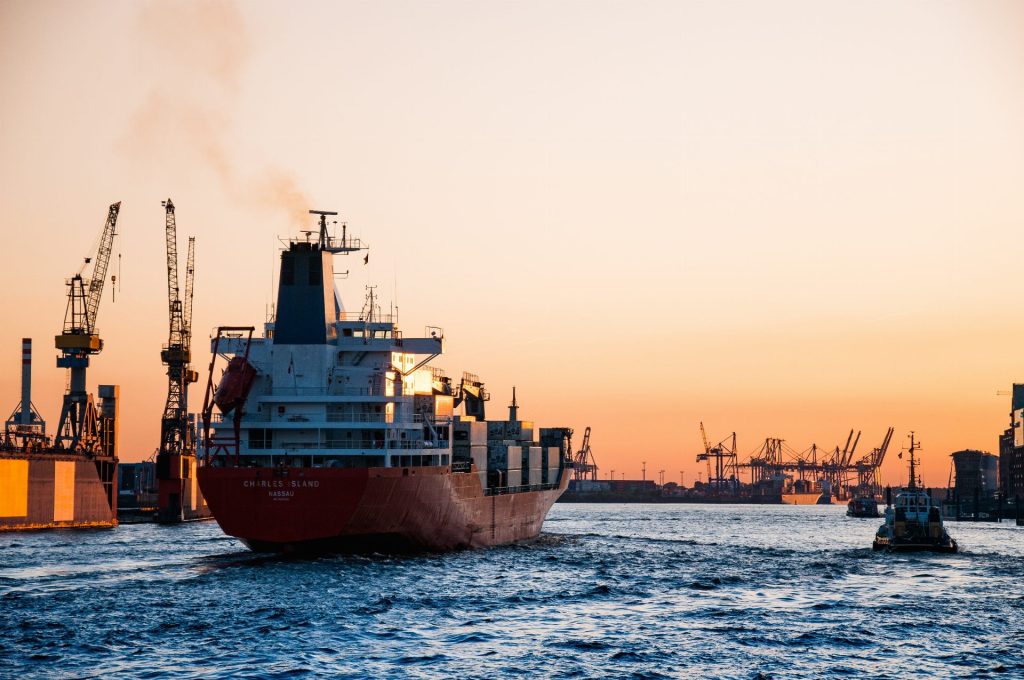
Potential Fuel Consumption and GHG Emission Savings in Navigation
As can be seen, scenario 3 Low yields the most favourable results, accounting for 2.1 million tons of MGO and 6.8 million tons of CO2 in potential savings. These amounts express the greatest potential for implementation of the STM concept in Short Sea Shipping and cabotage navigation across the European Union, taking into account the data for the base-year, 2017.
Savings in NavigationScenario 3 MedScenario 3 HighTons of Fuel (MGO) saving in Navigation1,179,4391,660,9932,135,070974,828-37,862Tons of CO2 saving in Navigation3,778,6465,321,4306,840,2623,123,120-121,302Tons of NOX saving in Navigation92,329130,026167,13776,311-2,964Tons of SOX saving in Navigation2,3533,3144,2591,945-76Tons of PMX saving in Navigation1,7622,4813,1891,456-57
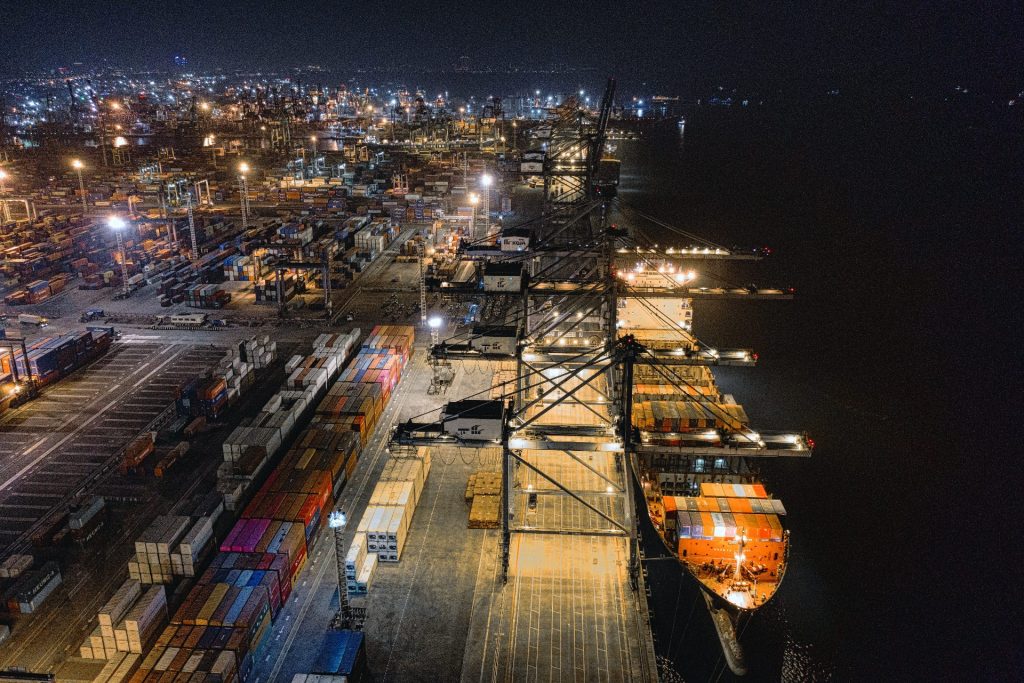
Port side benefits and enhanced efficiency of shipping and logistics
An in-depth analysis of shipping movements in nine European ports noted that cargo ships of various types spent only 60% to 70% of their port time at berth. Only 40% to 65% of time at berth was used for operations. Obtaining a much higher degree of predictability for arrivals, cargo operations and departures would enable higher fleet and capacity utilization, thus impacting on both sides. Unreliable forecasting of ship departure times and when other ships can enter a port, find a vacant berth and start cargo operation is a further consequence of these poor levels of predictability and has an impact on GHG emissions, as confirmed in this report.
To overcome this, actors in shipping need to collaborate and share data about plans and progress, enabling each port call to be managed and coordinated to minimize delays or conflicts for resources, as is currently the case.
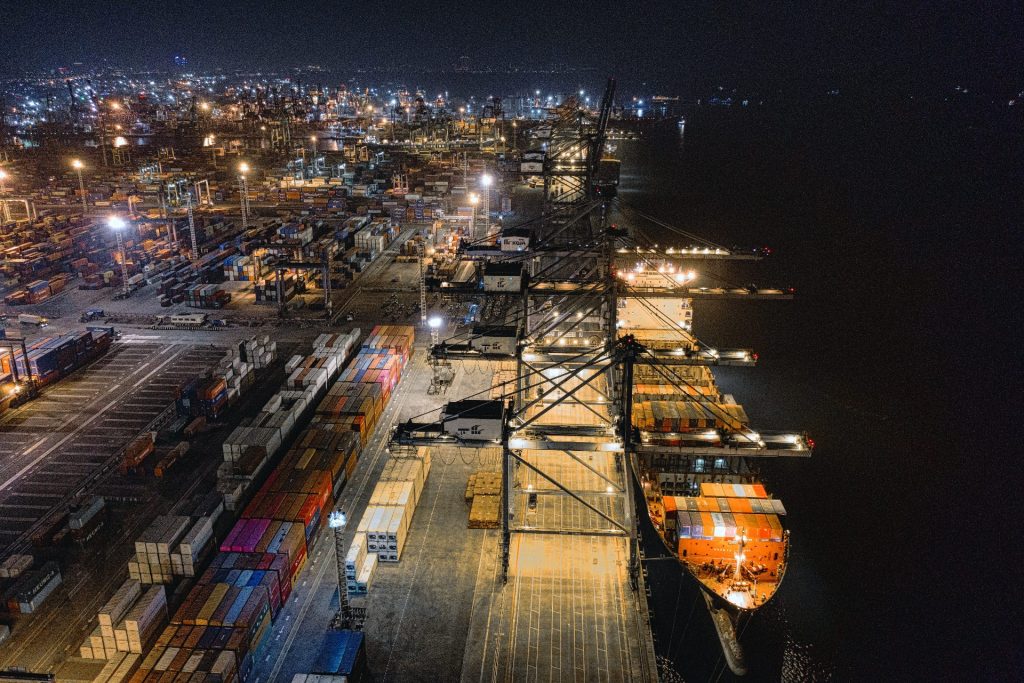
Potential Fuel Consumption and GHG Emission Savings at Ports
As a result of the reduction in time at port, there is a consequent reduction in fuel consumption and GHG emissions. The following tables summarize the potential fuel savings in the different scenarios on the basis that the total consumption of all ships included in the database amounts to 1,246,809 tons of MGO; 3,995,887 tons of CO2; 78,500 tons of NOx; 2,500 tons of SOx and 1,637 tons of PMx at ports.
Savings in Ports PessimisticModerateOptimisticscenarioScenarioScenarioTons of Fuel (MGO) saving in Ports12,46831,75755,869Tons of CO2 saving in Ports39,945101,743178,990Tons of NOx saving in Ports9762,4864,374Tons of SOx saving in Ports2563111Tons of PMx saving in Ports194783
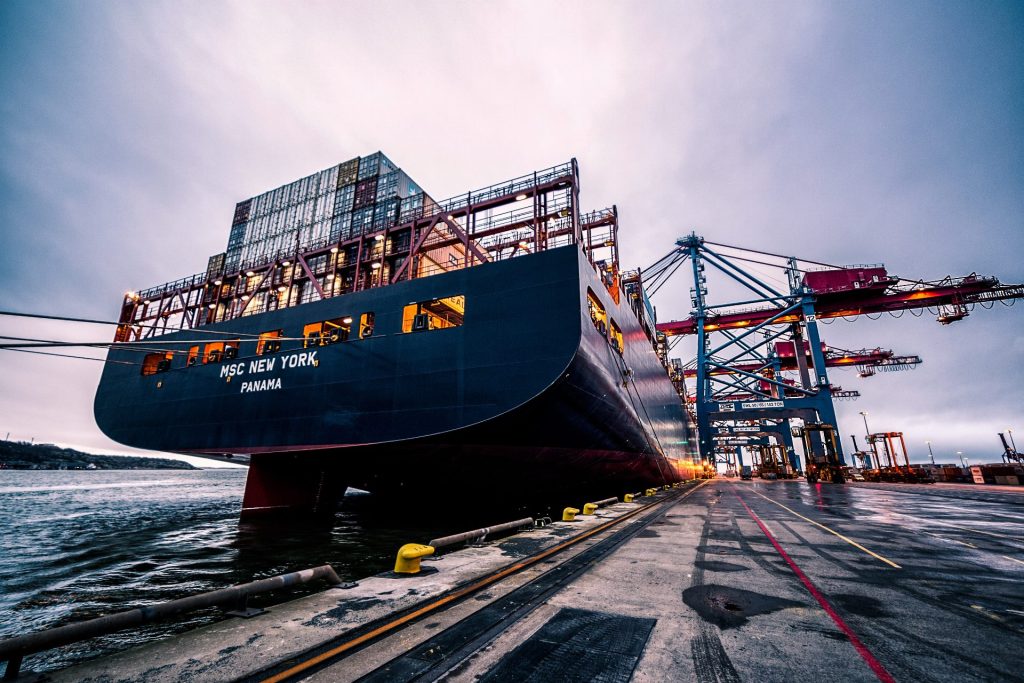
Potential Time Savings at Ports
In the moderate scenario, the average time saved in minutes per call would be 7.5 minutes as a result of the total time saved in minutes Table 6 divided by the total of 1,097,544 port calls. However, it is important to note that the potential savings in time at port for container ships, general cargo and car carriers are superior to the time savings of passenger-related traffic, due to the latter’s priority access to the port. The results are expressed in days, hours and minutes for all the scenarios, as follows in Table 6: Time Saving for 1,097,544 portPessimisticModerateOptimistic calls (2017)scenarioScenarioScenarioTotal Time saving (days)2,1695,73010,183Total Time saving (hours)52,056137,520244,392Total Time saving (mins)3,123,3608,251,20014,663,520
To overcome this, actors in shipping need to collaborate and share data about plans and progress, enabling each port call to be managed and coordinated to minimize delays or conflicts for resources, as is currently the case.

